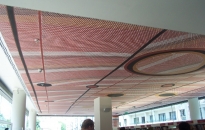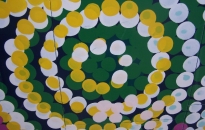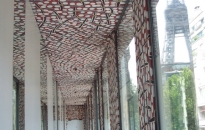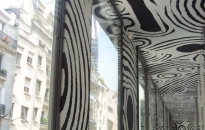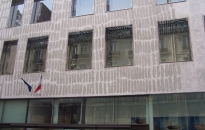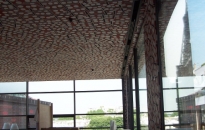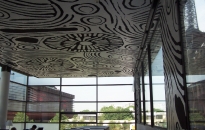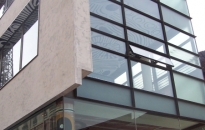A BLOSSOMING BUT INTRICATE MARKET
Aboriginal art has become a booming market: it is notably celebrated by the Australian Indigenous Art Commission at the Musée du quai Branly in Paris, and represented in a number of major public collections in Europe and the USA. However the abounding offer consists of highly heterogeneous prices and quality levels, and many obstacles can crop along the way of prospective buyers, more particularly in the form of risks regarding the integrity and trade conditions of the artworks.
A BOOMING, YET COMPLEX AND FRAGILE MARKET
Celebrated internationally, Aboriginal art is now presented in major public collections across the world. Most remarkably, the unprecedented Aboriginal Art public commission at the Musée du quai Branly in Paris contributed to Aboriginal art’s international exposure. It is a flourishing market with an annual growth of 40 to 50% over the last decade.
Photos of the Aboriginal art public commission at the Musée du quai Branly in Paris:
However, the market is characterised by an abundant number of suppliers, very heterogeneous prices and quality levels, as well as high risks regarding the artworks’ integrity and supply conditions, with a difficult access to information and transparency about the artworks’ origins.
A COMPLEX NETWORK OF ARTIST REPRESENTATIVES AND SELLERS
- Artists,
- Official art centres,
- Backyard dealers, locals operating other businesses such as car yards or motels,
- Private studios belonging to non-Aboriginal people,
- Agents and Dealers,
- Galleries,
- Auction houses,
- Online providers.
Among these are ‘carpetbaggers’ (individuals, agents or dealers directly approaching and taking advantage of artists) whose questionable and deceitful trading practices include:
- By-passing art centres and cherry-picking artists,
- Providing little or inappropriate payment to the artists,
- Potentially forcing artists to work under duress,
- Selling misleading or fraudulent works,
- Finding their way into galleries or on the internet for inflated prices,
- Threatening the Aboriginal art sector’s viability.
PRACTICAL ADVICE FOR THE PURCHASE OF ABORIGINAL ARTWORKS
Increase your understanding:
- Multiply your sources of information, privileging institutional and official sources,
- Train your eye and develop personal preferences (through visits to public exhibitions, the reading of books and magazines)
- Consult reputable experts, and cross-check their advice,
- Be wary of trends and deceitful selling practices accentuating a family name/kinship connection with a renowned artist.
Checks to perform before purchasing an artwork:
- The genuine provenance of the artwork: was it sourced from an official community art centre or ethical organisation acting as a community art centre? (Ask for the certificate of authenticity).
- Date of artwork creation
- Record of ownership (e.g. possible previous sellers, owners, exhibition displays)
- Size and quality of the artwork (carry out a visual check looking for any damage)
- Artist’s reputation (ask to see the artist’s biography and check that the artwork is consistent with the artist’s body of work)
- Pricing structure (Artist/Community art centre/Seller’s share)
Assessing the provenance and the authenticity:
The Aboriginal art centres are unanimously recognised as the only original provenance allowing for absolute certainty as far as the authenticity, the ethical nature and the quality of an artwork for sale, are concerned.
In the case of artists who are part of an art centre (or belong to an equivalent ethical organization, acting as an art centre), it is recommended to choose an artwork coming from this very art centre for the reasons explained above, and also to guarantee the right appraisal of the artwork’s value. Indeed, reputed and reputable auction houses will not accept other provenance evidence or origins than those strictly provided by art centres only.
With now over 100 art centres in Australia, there only remains a very small number of Aboriginal communities who do not possess such an organisational structure to protect them.
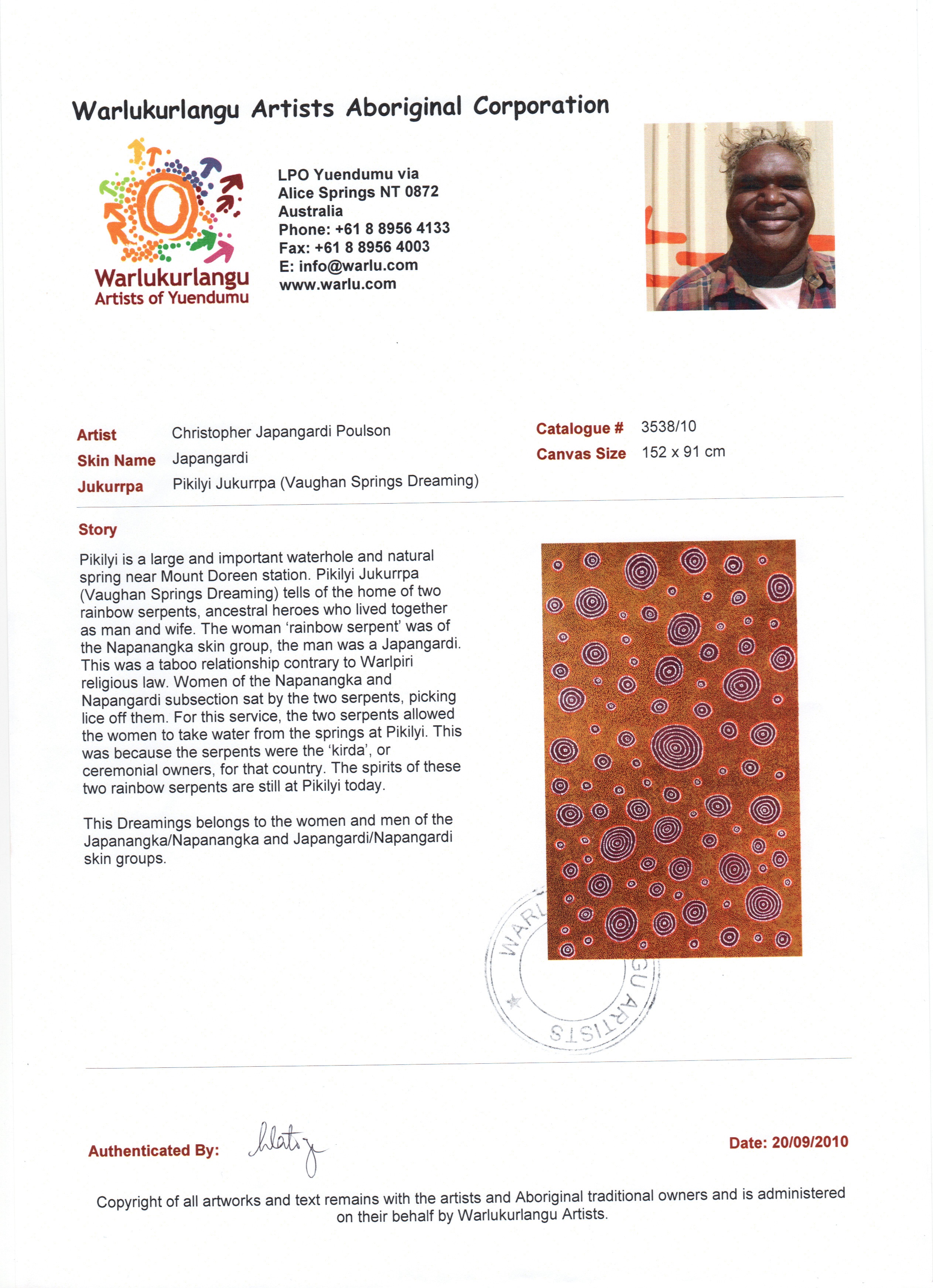
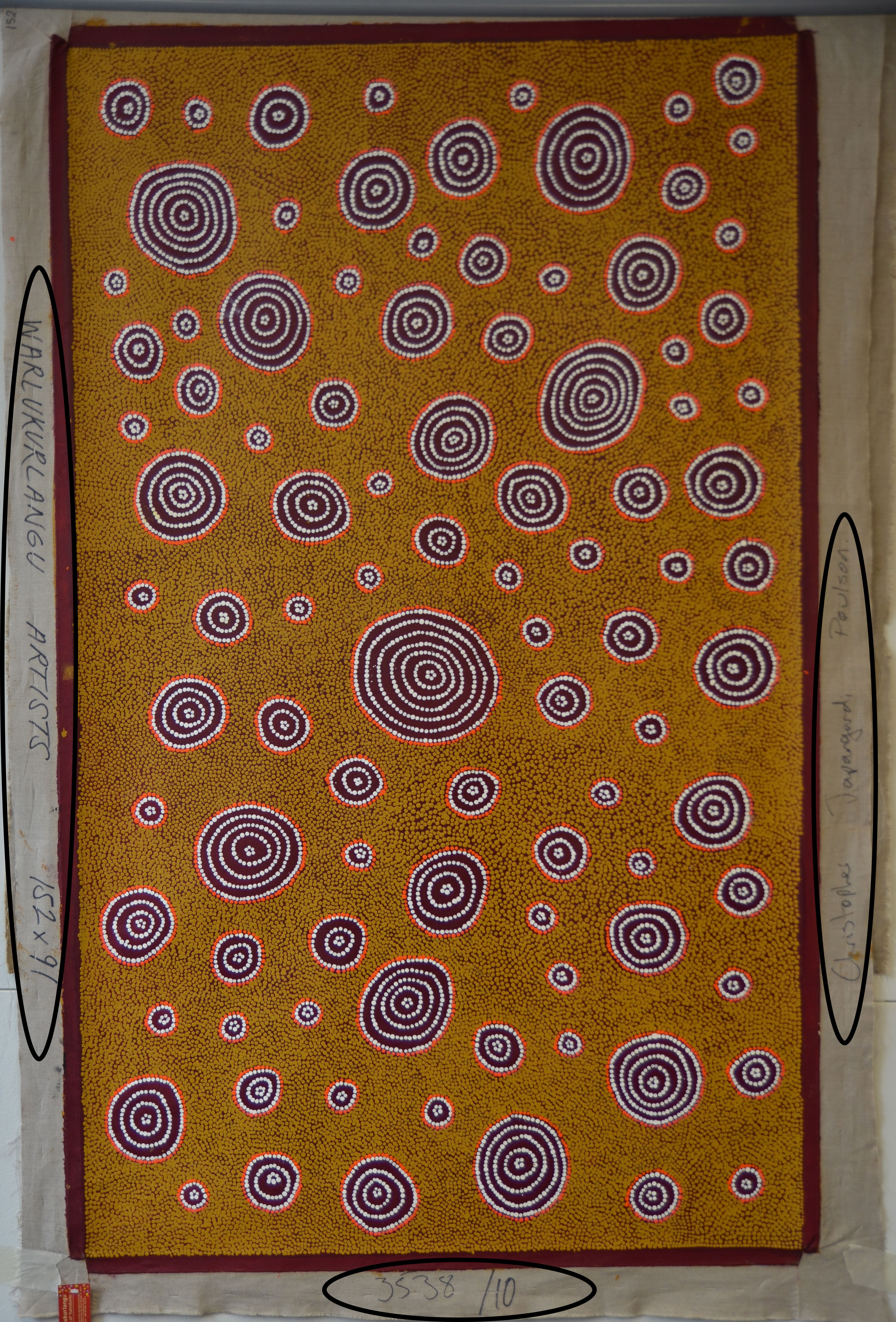
left: example of a certificate of authenticity from an art centre – right: information written onto the canvas (art centre of origin, catalogue number, name of the artist)
In the case of an artwork initially sourced from an art centre:
- It must be accompanied by an authenticity certificate indicating the unique catalogue number allocated by the art centre.
- In the case of a painting, this number is also written onto the back or side of the canvas, along with the artist and art centre’s names.
In the case of an artwork sourced by a dealer directly from an artist who does not belong to an art centre, as prescribed by the Indigenous Australian Art Commercial Code of Conduct, the artwork can only be sold if it is accompanied by a Code certificate (approved by the Code of Conduct).
Assessing an artist’s reputation through a biography:
- Is he/she part of significant collections: museums, official institutions, eminent private collections?
- Has he/she received an artistic prize/award (e.g. the annual National Aboriginal & Torres Strait Islander Art Award and its 6 categories)?
- Has the artist’s work featured in solo exhibitions organised by recognised bodies: museums and official institutions?
- Has he/she been featured in group exhibitions organised by recognised bodies: museums, official institutions, and official Award finalists’ exhibition?
If you want to buy an Aboriginal artwork but have any doubt on its provenance, don’t hesitate to call us, we will be happy to help you.
